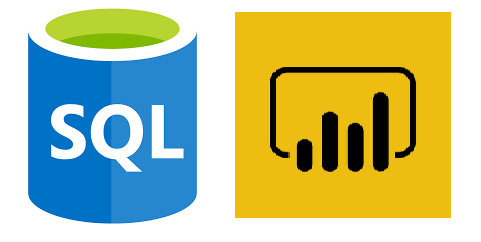What is SQL?

What is Database?
Database is nothing but the collection of information about a particular topic or data stored in way that it can be manipulated easily. In general we store the database in tabular format. Storing data in tabular format makes it easy to manipulate and use.
e.g. Buses Database, Flight Database , Student Database.
When we say we have database of buses or students that means we have all information about buses like where from bus starts, where bus stops, what is fair, facilities provided by buses etc.
What is DBMS?
DBMS is called database management system. Manually creating database and manipulating it becomes difficult. DBMS is a application software which enables us to create, manipulate database, it provides set of tools and facilities which help us to manipulate and manage the database. e.g. MS Access, Dbase , Foxpro etc.
What is RDBMS?
RDBMS is called relational Database Management System. Dr. Edgar Codd introduced the relational database model. Dr. Codd found that related data or data with relation is more informative and use full than non related data. So he define 13 rules if any DBMS support or follows these 13 rules we call it as an RDBMS.
The most popular RDBMS are MS SQL Server, Oracle, Informics, DB2, Oracle and MySQL
Every RDBMS has following two important features –
- Every RDBMS supports a Database Independent Programming Language, which allows you to manipulate the data by writing commands.
- Every RDBMS stores data only in the form table, everything that exits in RDBMS will be in the form of table.
SQL: – (Structured Query Language)
SQL stands for ‘Structured Query Language,’ which is an ANSI compliant language for accessing and manipulating database systems. Well, it’s MOSTLY standard across different proprietary DB systems like MS SQL Server, Oracle, My SQL, etc – but each company likes to write its own quirks and general wackiness into each of their database platforms. So a query written in SQL Server will not always work out-of-the-box on an Oracle Server unless you mess with the query a bit.
SQL is query language supported by many databases, using which you can manipulate the data from databases. Basically it is divided into following sections/Parts –
DDL: – data definition language provides you commands or queries using which you can create the structure of database or db. DDL Contains commands / Queries to Create, Alter, Drop any database object.
DCL: – data control language provides you command or queries using which you can control inflow and outflow of the data from database. DCL Provides you constraints, rules, Grant & Revoke.
DML: – data manipulation language provides you command or queries using which you can manipulate the data from database. Provides you commands and queries like Select, Insert, Update, Delete
For demos of SQL we are going to use MS SQL Server so we will learn some basics of MS SQL Server.
What is MS SQL server?
Microsoft SQL Server is a relational database management system developed by Microsoft. As a database server, it is a software product with the primary function of storing and retrieving data as requested by other software applications—which may run either on the same computer or on another computer across a network.
Similar to other RDBMS software, SQL Server is built on top of SQL, a standard programming language for interacting with the relational databases. SQL server is tied to Transact-SQL, or T-SQL, the Microsoft’s implementation of SQL that adds a set of proprietary programming constructs. SQL Server works exclusively on Windows environment for more than 20 years.
MS SQL Server supports following editions –
- MS SQL Express – Free To Use
- MS SQL Standard – Need Licenses
- MS SQL Enterprise – Need Licenses
You can download SQL Express from following link – https://www.microsoft.com/en-in/download/details.aspx?id=42299
please download following files –
Express 32BIT\SQLEXPR_x86_ENU.exe
Express 64BIT\SQLEXPR_x64_ENU.exe
MgmtStudio 32BIT\SQLManagementStudio_x86_ENU.exe
MgmtStudio 64BIT\SQLManagementStudio_x64_ENU.exe
SQL Server Supports two types of authentications –
- Windows Authentication
- SQL Server Authentication
Windows Authentication: – in windows authentication to connection SQL server you do not need explicit user id and password. Windows logged in user will login inside SQL Server.
SQL Server Authentication: – in SQL server authentication to connect to SQL server you need separate user id and password.